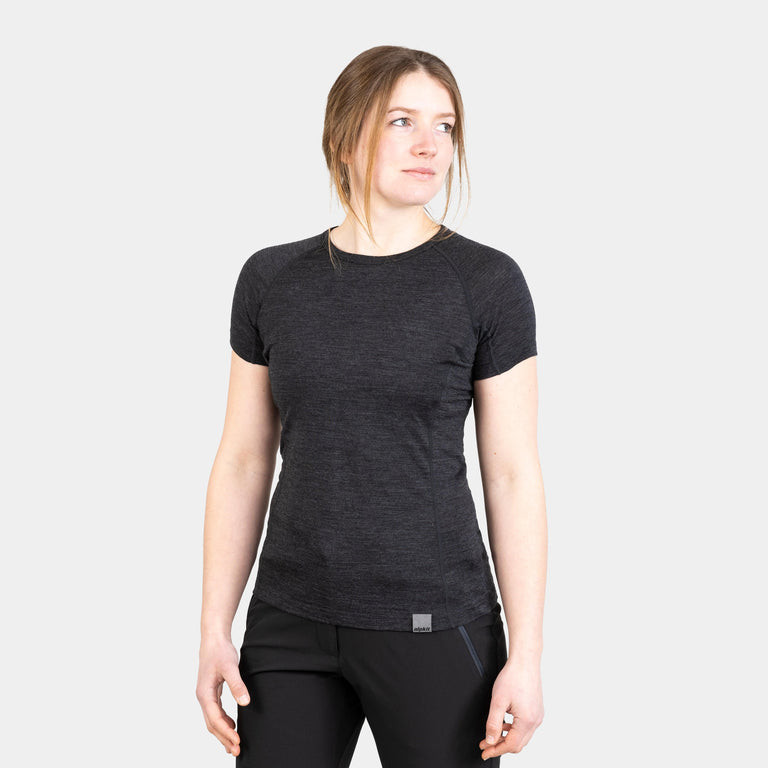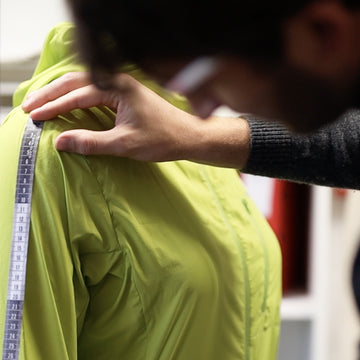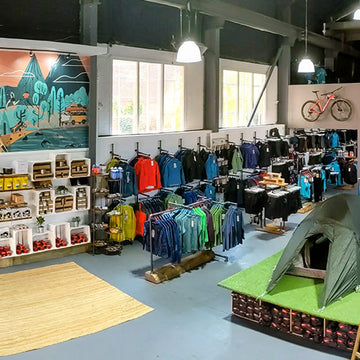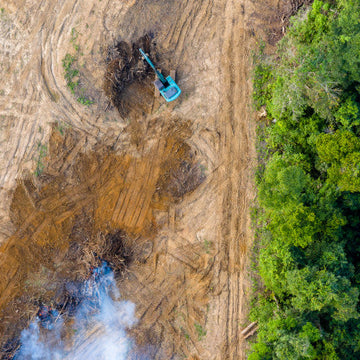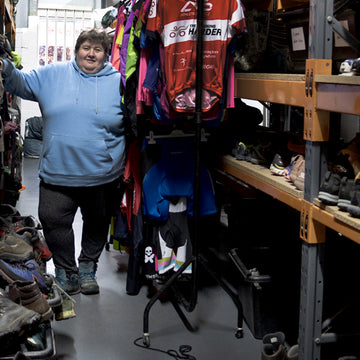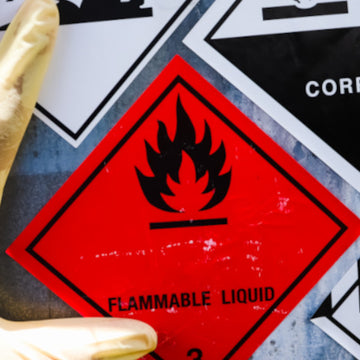
Whether we like it or not, we will all leave our mark on the earth. But we want to leave a good one. We’ve just become a signatory of the Microfibre 2030 Commitment.
Whether we like it or not, we will all leave our mark on the earth. But we want to leave a good one. We’ve just become a signatory of the Microfibre 2030 Commitment. We see the value in tackling problems together. And that’s why we’ve been involved since the very beginning.
Polyester is a tricky devil. It’s lightweight, quick-drying and super handy for outdoor clothing and equipment so it gets used a lot. But virgin polyester is made from crude oil, meaning it’s demanding on natural resources. And when you chuck any of your clothes in the washing machine – and not just those made from polyester – they shed microfibres. They can end up in the air and the ocean, absorb harmful chemicals and bioaccumulate into our food. Base layers for breakfast don’t sound very tasty.
The Microfibre Consortium brings together people from all different parts of the process. From brands and retailers to materials scientists and fabric manufacturers, collaboration is key to finding solutions to the multi-faceted microfibre problem. And we don’t just want to stick a plaster on a gaping wound. That’s why we’re working with academic experts in the field on upstream solutions to improve microfibre shedding at the source: manufacturing.
The Microfibre Consortium’s early research was in developing a scientifically rigorous test to measure fibre shedding between fabrics. As our Design Manager Ronnie, says, “you can’t tell if you’ve improved something if you don’t even know where you started!”. Now, we can also test our materials and provide data for research, making the fight against microfibres a collaborative effort across the textiles industry.
A few years ago, there were lots of voices. The Microfibre Consortium has brought them all together to make sure we’re all singing from the same hymn sheet. This hymn sheet includes a materials test and work towards a global rating system. It keeps us accountable and means we’re working together to find the root cause of fibre fragmentation. With the tests and manufacturing guidance, we can work to use the highest performing, lowest impact fabrics for our products now and in the future.
The Microfibre 2030 Commitment is a huge leap in how the global textile industry acts against microfibres. It’s complicated. But bringing brands together means bringing decision-makers together. To make direct, positive action based on the most recent research.


![Kraft [Mens]](http://alpkit.com/cdn/shop/files/KRAFT_MENS_1.jpg?v=1762259203&width=768)


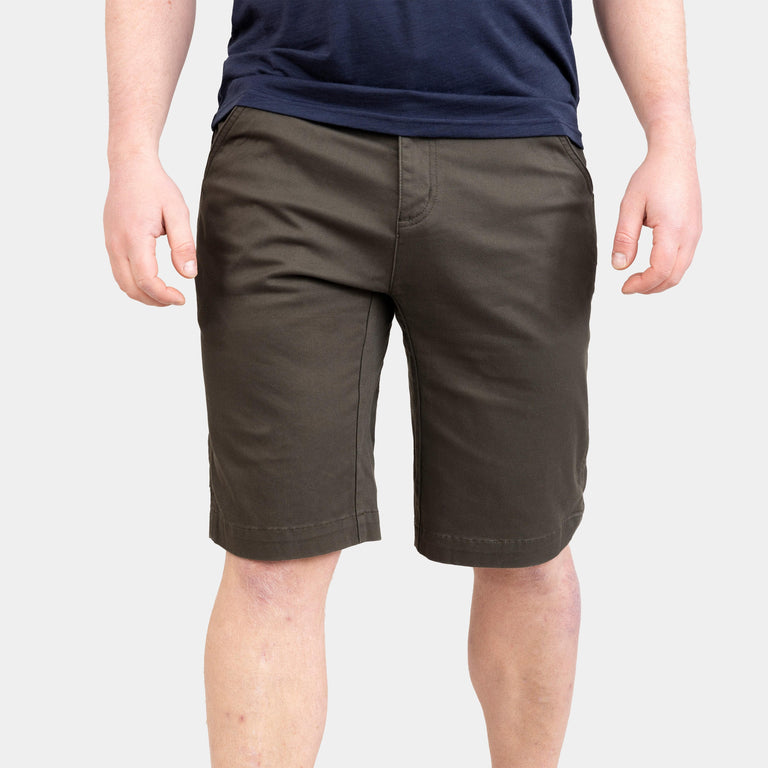
![Werk [Mens]](http://alpkit.com/cdn/shop/files/WERK_MENS_OUTER-SPACE_TENERIFE_005982__4000px.jpg?v=1695900548&width=768)
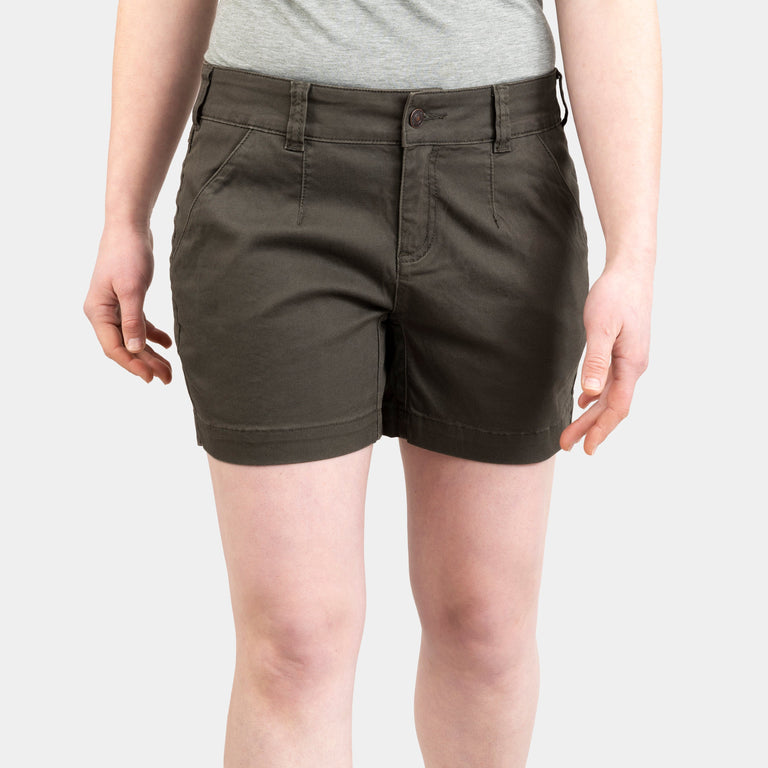

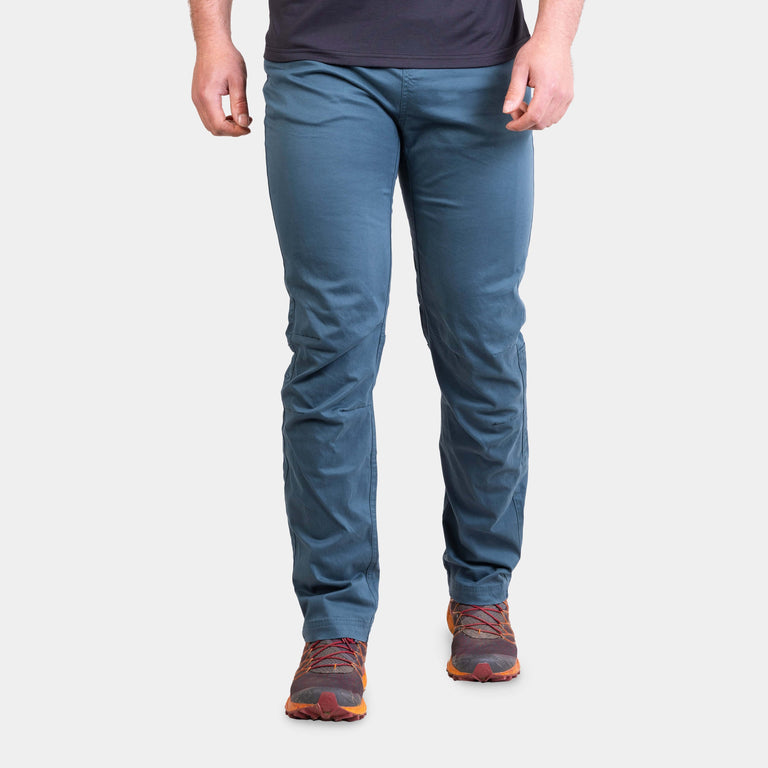



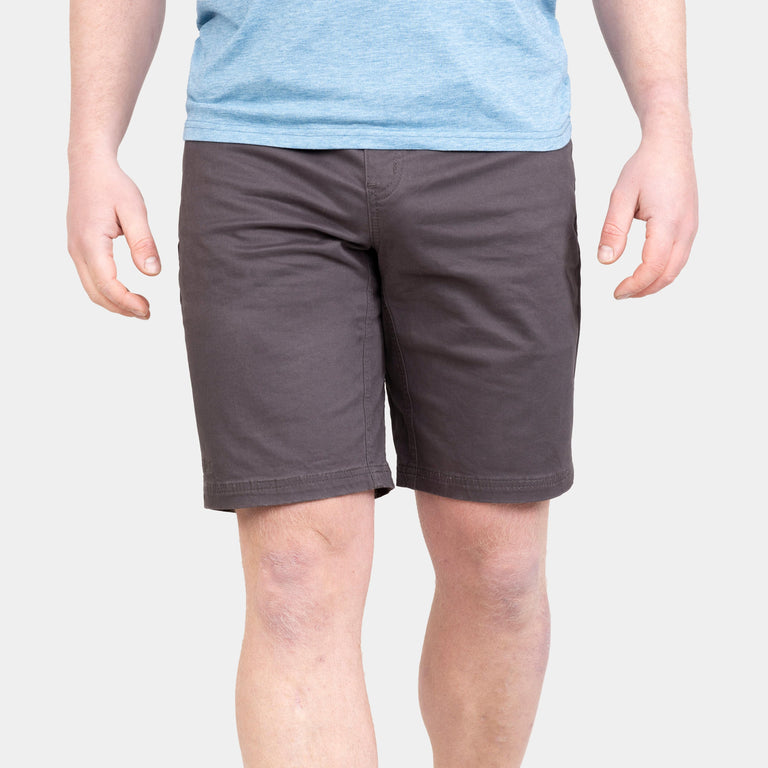

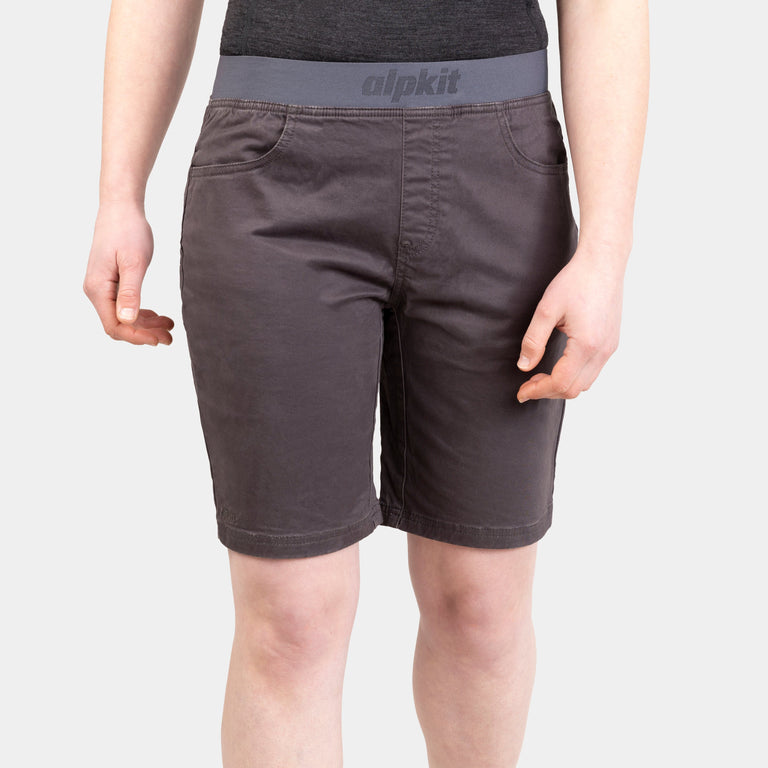

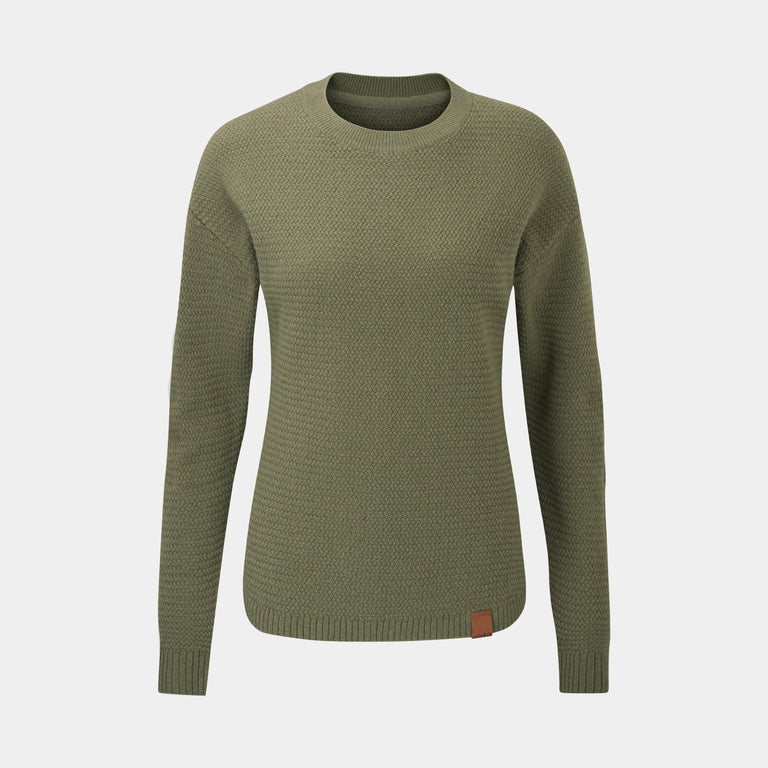

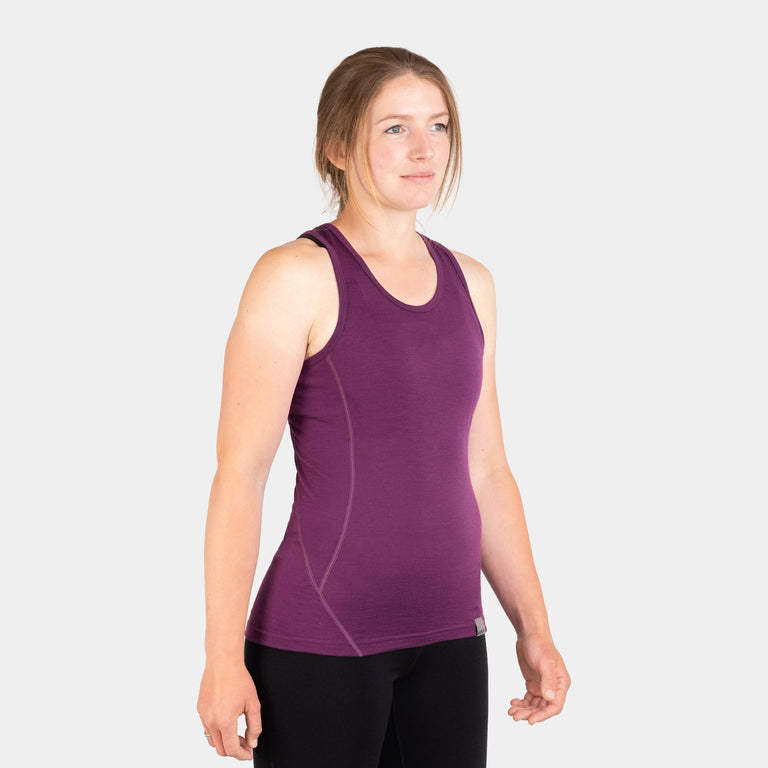
![Kepler Vest [Womens]](http://alpkit.com/cdn/shop/products/kepler-vest-womens_07b896c4-6e7c-40bb-8a9c-a6597aef20eb.jpg?v=1686918371&width=768)


